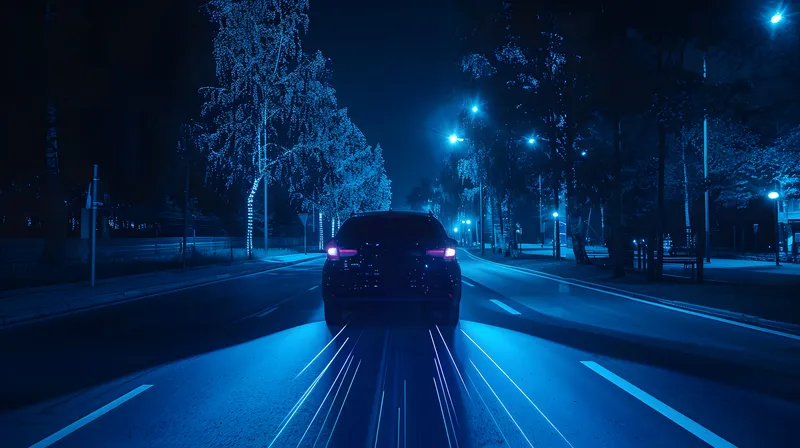
It’s an inconvenient truth, but sometimes vision technology is required where energy supplies are hard to come by. Conventional power sources tend to be located, logically enough, near areas of high population. Bringing mains electricity wires to remote sites can be both difficult and expensive – often unjustifiably so. It is not just agricultural areas or gas pipelines which need monitoring – remote highways may also require surveillance. Hikvision’s Wind & Solar solution aims to bring a reliable energy supply to such ‘off-grid’ locations. It uses technologies “for efficiently blending wind and solar energy, and for converting it into electrical energy that is stored in powerful, durable batteries”.
The reason for this dual renewable energy approach is that many locations cannot rely on unlimited sunshine, while the wind only blows hard enough occasionally in others. The product is currently being used in Lijiang, China, on a highway monitoring project, collecting real-time data about the condition of roads in the area.
Countries with large territories, where there are often hundreds of miles separating large cities – such as Russia, Australia or Canada - are the obvious places for such deployments.
Hikvision has two more examples in China: in Lin’an, the region’s agriculture bureau is using it in conjunction with a high-definition video surveillance system to protect valuable pecan forests. Video footage is transmitted 24 hours a day over a 4G wireless network, allowing teams to respond quickly in the event of a security breach.
Elsewhere, an unnamed cement manufacturer in China is powering a 24-hour mine monitoring solution. In addition to this, Hikvision says the solution can also be used to provide reliable electric power to supplement street lighting and other facilities.
Smart cities
Most camera deployments are more conventional, however, and Hikvision has also been instrumental in a parking project in Germany. E-commerce group Otto wanted to create an employee parking operation at its HQ in Hamburg, where it had added a car park facility at one of two new buildings. “From the beginning, management wanted a car parking solution that made parking simple, efficient and safe for employees,” Hikvision says. “Drivers often go into a car park and drive round endlessly trying to find a space. This wastes valuable employee time and frustrates them, all adding up to a bad experience.”
While in this case, the solution is an internal one, this sort of smart city application is applicable to external parking operations too. Conscious of the need for staff to start their days without parking headaches, Otto engaged security firm Videte IT, which in turn delivered its Smart&Safe solution using Hikvision products.
A Hikvision indoor parking guidance system, which detects all available parking spaces using parking cameras installed throughout the structure, was installed as part of the project build. As well as their obvious surveillance capability, the cameras are there to streamline the parking process for drivers. Staff use a mobile app which enables them to plan their arrival in advance. Otto said it needed the solution to be easy to manage and to operate, as well as being seamlessly integrated into the existing security system. Improved traffic flow and parking space utilisation rate information were also required, with parking accurately monitored for management purposes.
Deep Learning
Hikvision says each camera can see six spaces in the car park and so they can see if there is a vehicle in each one. This information is sent to a guidance terminal, which will calculate how many parking lots are occupied and available. The terminal will also send this data to a deep learning analysis server, which in turn, updates the parking guidance screens. “This means drivers can easily find an available spot,” the manufacturer adds.
Drivers follow signposting when they enter to take them immediately to the next available space, using parking guidance display indicators throughout the car park. The analysis server provides the information about how many parking spaces are available to a parking guidance terminal at the entrance, which has coloured lights showing parking status: red (occupied) and green (available). In fact, seven colours are available to show different status indications, e.g. electronic car space, disabled space – and even, if appropriate, VIP parking space. For ease of installation, the terminal has a built-in switch function to provide power to the 32 cameras.
Hikvision says the deep learning analysis server improves parking lot efficiency by combining all of this information, even analysing vehicles to improve parking space detection accuracy.
Timo Koch, Videte IT’s head of technology and pre-sales, says: “We built a parking system that made parking management so much easier around AI technology using Hikvision products. These provided a higher detection accuracy rate than others, and make the solution scalable for the future.”
The system can also provide hourly, daily, monthly and annual reports to show which times are the busiest, showing car park usage and important factors such as average parking time.









